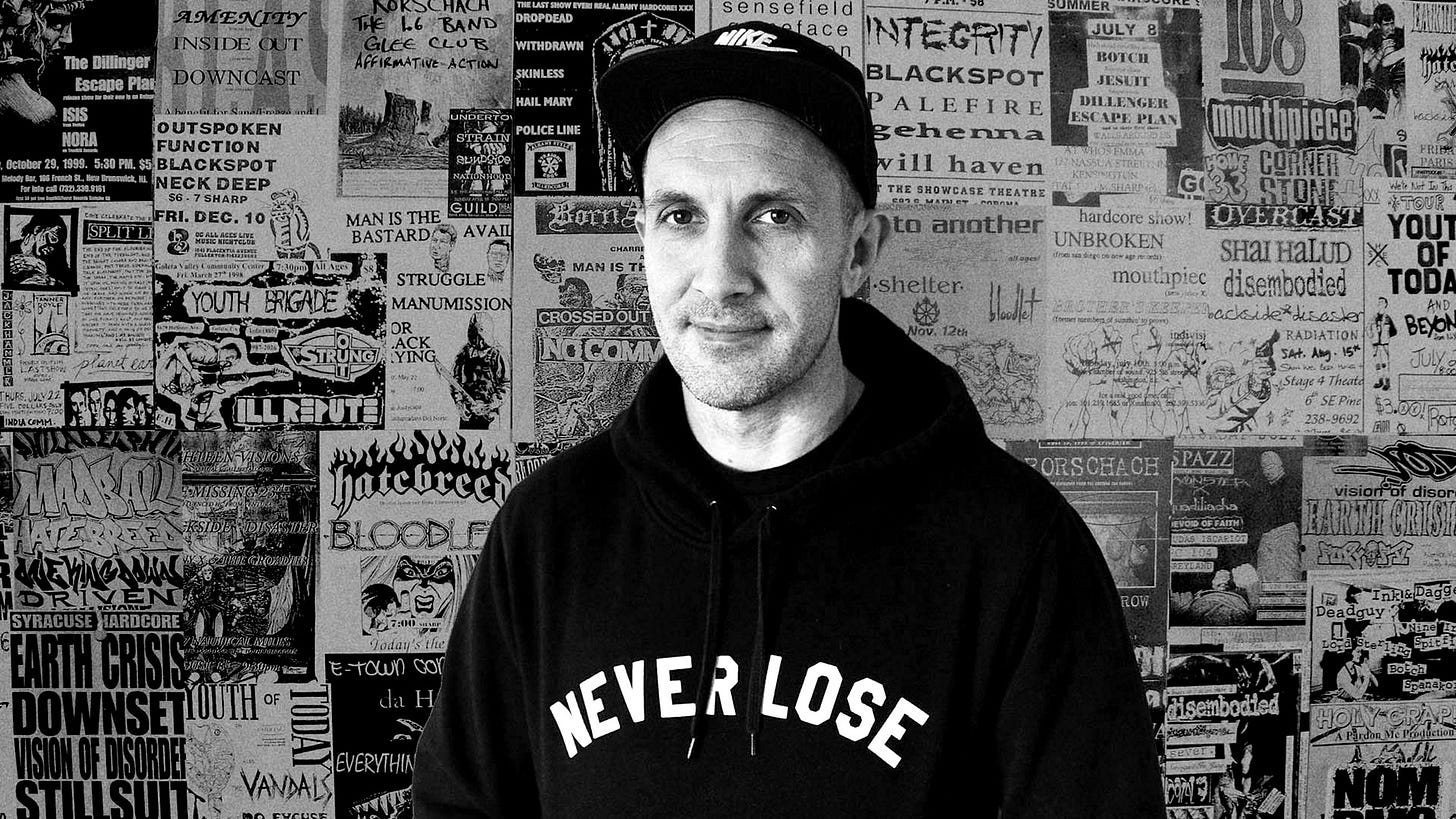The McKenty Method
Reflections on a toxic parasocial relationship
Find a niche you have no passion for.
Network with reputable insiders you can deceive.
Exploit an unassuming fan base you despise.
Repeat steps 2 and 3 until reaching financial goals.
Burn the house down on your way out.
When thinking about the path that I want to take as a content creator, I can't help but think about Finn McKenty. He's someone who managed to build a massive following on a hyper-focused niche of providing highly accessible deep dives into alternative rock scenes. His most popular content leaned into the virality of the platform, covering musicians of interest to a wider audience. Despite his success, his most popular content couldn't help but be the work he was least passionate about. At first, it seemed like he undertook a burden I could empathize with. YouTube viewers will typically not be into the type of exploratory content that he "enjoyed" making the most. Unless an initial creator brand is established and maintained as exploratory, making the shift later on is outright rejected. Little did I know, and most of his audience, is that the very narrative of struggle he had was by design.
Finn McKenty is a total fraud that doesn't care about the music he covered. He outright took his content from Wikipedia level depth and spun it. This kind of approach is much more common in the video format than it is in written formats, as content creators on advertiser-driven platforms have an incentive to spin information in a less varied way. Fewer people will outright read an article compared to watching a video, offering more power to creators who can comfortably shortcut their way into views.
The fact that he doesn't like music or his fans, means the Golden Handcuffs of Virality he wore were willingly put on by design. His aim? Milk the entire fan base to reach financial goals, then bail in favor of starting a consulting business on LinkedIn, relishing in the LinkedIn lunacy, swapping one mask for another. On some level, I'm morbidly fascinated. He took the cynicism that is often applied to traditional full-time employment, and applied to it, content creation. It's the reverse of what many 9-to-5 workers do, which is quit for the sake of full-time content creation. What's clever about it, is that he wore an extreme mask of "authenticity" to achieve it. He wore this mask so tightly, that I'm simply incapable of imagining the broken glass discomfort that I would have to tolerate doing the same thing. It speaks to a depth of condescension towards everyone he entertained and collaborated with.
There’s an unavoidable temptation in growing a brand to pursue all the growth hacks imaginable. It’s easy to imagine that with the right damage, taking the McKenty route would be a no-brainer. It’s not like the guy has to worry about being cancelled; he never cared about his audience in the first place. People willingly gave him attention, and he profited off it with the means available. Every platform has its own incentives.
"Don't hate the player, hate the game"
One of the reasons I'm drawn to having a Substack is that it allows me to share my passions in my preferred format, knowing that what truly I care about has reach. It's easier to connect with other writers, many of them with similar interests. I'm also incentivized to be a better writer. If someone is subscribed to my Substack, it's all the validation I need to know that my writing has a chance to be seen; otherwise they wouldn't have subscribed. I'd rather have modest success, knowing I'll still get that support from the right people — over chasing an audience that is fickle and passive.
Having a clear focus on branding and topics helps a great deal, but what makes the Substack community special is the fact that eccentric detours are embraced. I don't feel like I have to hold on to viral bursts, knowing that I can build an audience gradually over time, an audience that I respect. When I feel myself straying from the path into writing content I don’t like, I just tell myself is: “Don’t be a Finn McKenty”.



